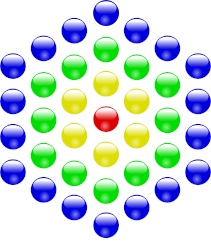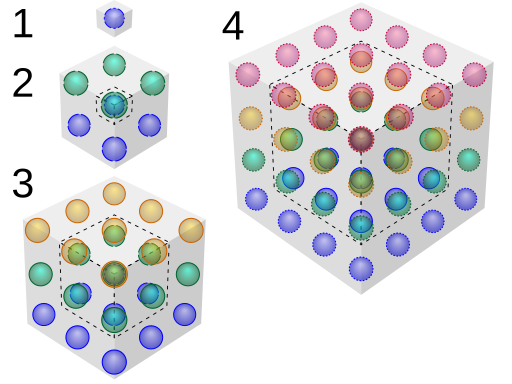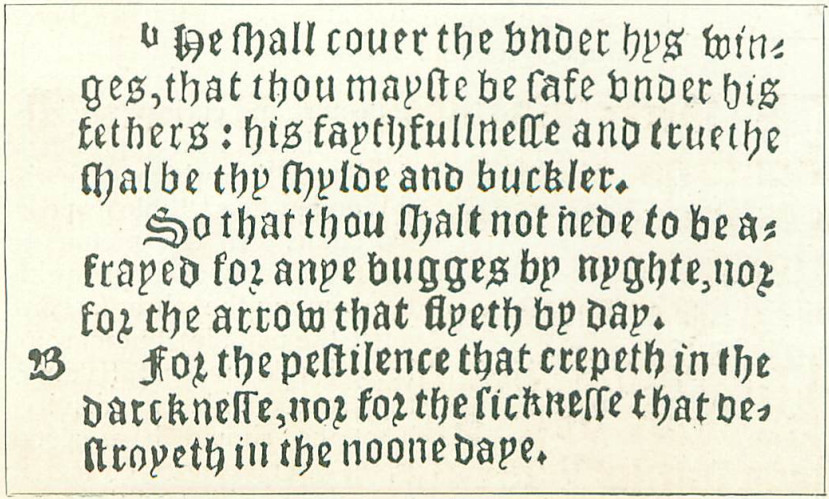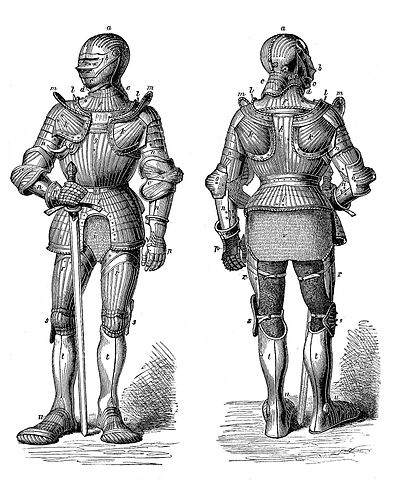In Seven Types of Ambiguity (1949), William Empson describes a particularly inscrutable English newspaper headline:
ITALIAN ASSASSIN BOMB PLOT DISASTER
Bomb and plot, you notice, can be either nouns or verbs, and would take kindly to being adjectives, not that they are anything so definite here. One thinks at first that there are two words or sentences, and a semicolon has been left out as in telegrams: ‘I will tell you for your penny about the Italian Assassin and the well-known Bomb Plot Disaster’; but the assassin, as far as I remember, was actually not an Italian; Italian refers to the whole aggregate, and its noun, if any, is disaster. Perhaps, by being so far separated from its noun, it gives the impression that the other words, too, are somehow connected with Italy; that bombs, plots, and disasters belong both to government and rebel in those parts; perhaps Italian Assassin is not wholly separate in one’s mind from the injured Mussolini.
In fact it’s not clear what the intended meaning had been. Empson says that the main rhythm conveys the sense “This is a particularly exciting sort of disaster, the assassin-bomb-plot type they have in Italy.” In The Wordsworth Book of Usage & Abusage (1995), Eric Partridge suggests that the writer may have meant ITALIAN DISASTER ASSASSIN’S BOMB-PLOT, “There has been in Italy a disaster caused by a bomb in an assassin’s plot.” But he agrees that “even after an exasperating amount of cogitation by the reader,” the meaning is unclear.




